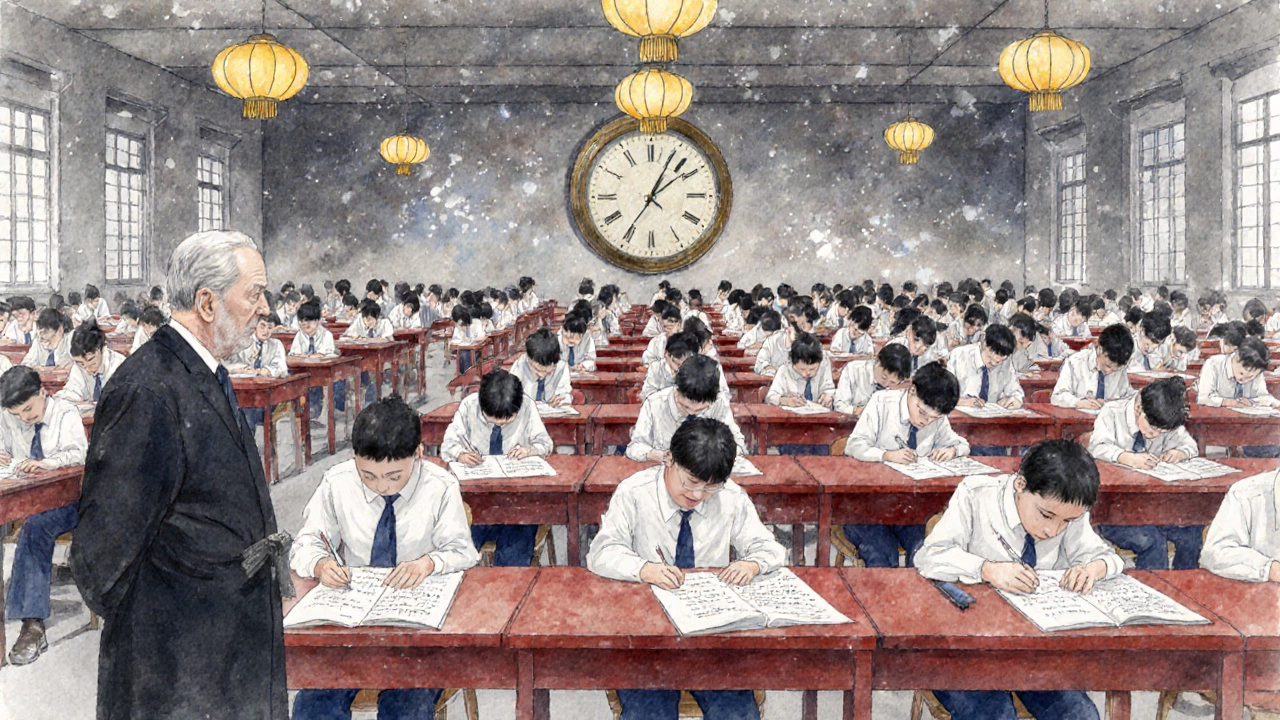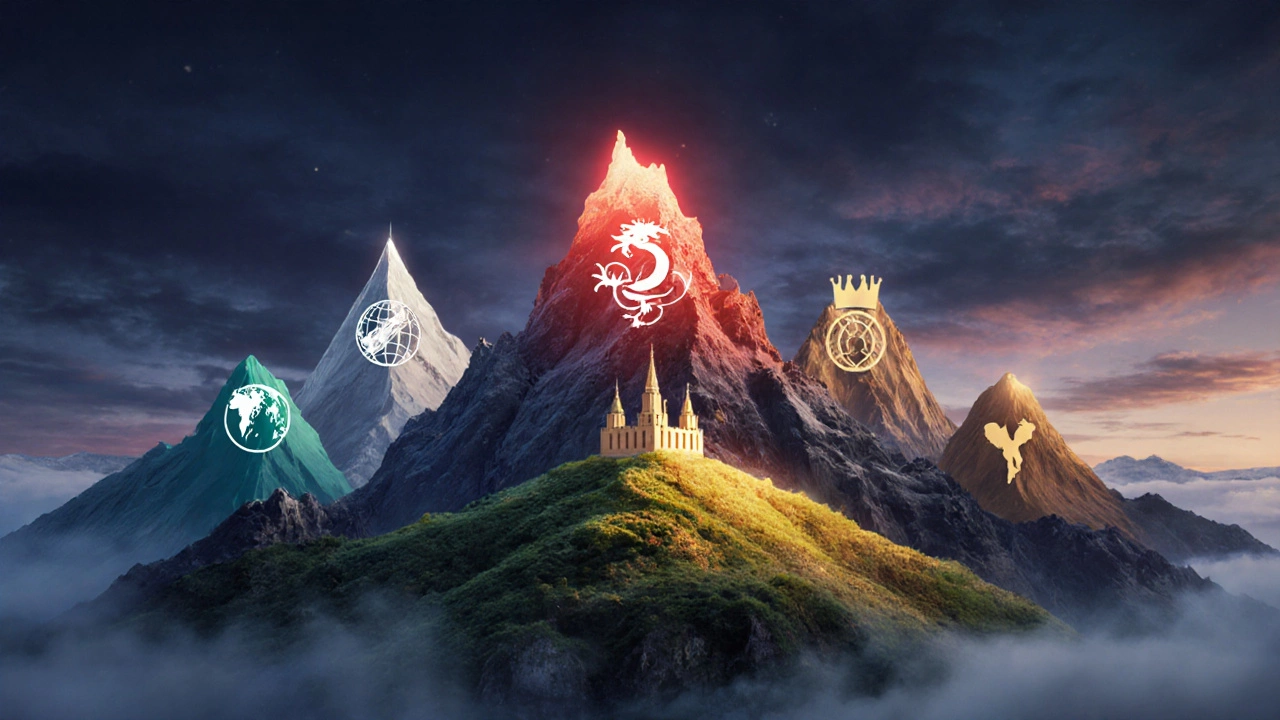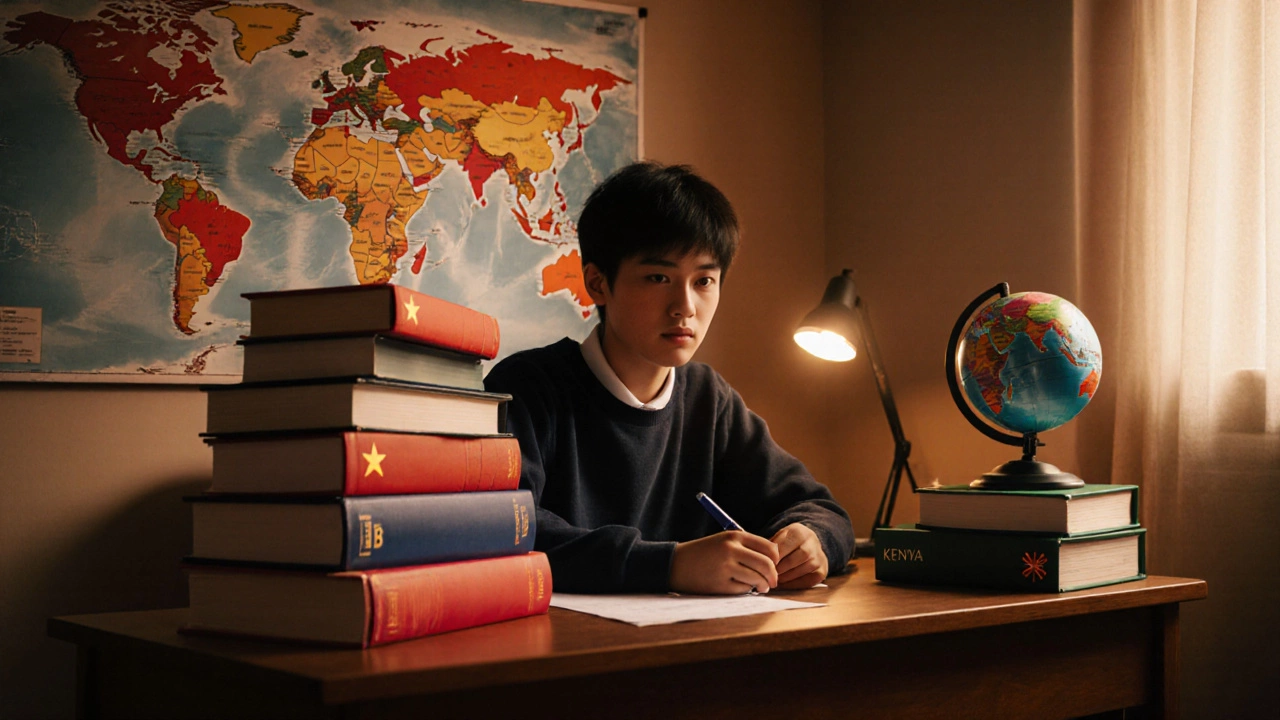Board Difficulty Calculator
Ever wondered which exam makes students lose sleep across continents? The question isn’t about a single subject; it’s about an entire education system that decides who passes and who doesn’t. Below we break down the boards that consistently rank as the most demanding, explain why they feel that way, and give you a clear comparison so you can see the real picture.
How Do We Judge a Board’s Toughness?
Before naming the hardest board exam, we need a fair way to compare them. The following criteria are commonly used by educators and students alike:
- Curriculum breadth: Number of subjects and depth of content.
- Assessment style: Weight of final exams vs. continuous assessment.
- Pass‑rate pressure: How many students actually clear the exam.
- Time constraints: Hours allotted for each paper.
- Stakes: Impact on higher‑education admission and career paths.
Using these five factors, we scored each board on a 1‑10 scale, then averaged the results.
Chinese Gaokao: The Marathon of Numbers
Gaokao is China’s national college entrance examination. It tests students in Chinese, mathematics, a foreign language, plus either sciences or humanities, depending on the chosen track. In 2024, over 10.7 million candidates sat for the exam, and the average pass rate hovered around 22% for competitive universities.
The exam lasts up to nine hours over two days, with each paper demanding memorization of formulas, literary excerpts, and scientific concepts. The sheer scale-millions of lives hinging on a single test-makes Gaokao notorious worldwide.
India’s CBSE Board: The Pressure Cooker
CBSE (Central Board of Secondary Education) is the most widely followed school board in India, governing over 21,000 schools and 25 million students.
CBSE’s Class‑12 board exams cover physics, chemistry, biology, mathematics, and a mandatory language paper. The exams run for three hours each, and the grading system uses a 100‑mark scale with internal assessments contributing up to 20% of the total. The pass rate for the 2023 batch sat at about 94%, but the competition for top percentile scores-essential for engineering or medical admissions-is fierce. The board’s emphasis on problem‑solving and conceptual clarity adds to its reputation for being tough.
International Baccalaureate (IB) Diploma: The Global Benchmark
IB Diploma Programme is a two‑year pre‑university curriculum recognized in over 150 countries. Students take six subjects, write an extended essay, complete Theory of Knowledge (TOK), and log 150 hours of Creativity, Activity, Service (CAS).
The IB’s assessment mix includes internal oral presentations, lab work, and final exams that can total 7,000 marks across subjects. Roughly 30% of candidates earn the full diploma each year, and the average score sits at 30 out of 45. The combination of breadth, depth, and the requirement to balance academic work with extracurricular hours makes the IB one of the most demanding boards.

British A‑Levels: Specialisation with High Stakes
A‑Levels are the United Kingdom’s post‑GCSE qualification taken over two years, usually in three or four subjects. Each subject is examined by a single, three‑hour paper (or a series of papers for sciences).
Because universities often make conditional offers based on A‑Level grades, the pressure to achieve A* or A is intense. In 2022, only 31% of candidates achieved at least three A‑levels, and the failure rate for individual subjects can reach 15%. The narrow focus means a single mistake can derail university plans, heightening perceived difficulty.
Kenyan KCSE: The High‑Stakes National Exam
KCSE (Kenya Certificate of Secondary Education) is the national exam taken after four years of secondary school, covering up to 20 subjects. Students choose a minimum of eight subjects, and each paper lasts three hours.
The pass rate averages 66%, but the competition for university slots is severe. The grading system ranges from A (highest) to F (fail), and a single ‘E’ can block admission to public universities. The breadth of subjects and the high stakes for scholarships make KCSE a tough board for many learners.
Vietnamese National High School Exam: The Gateway to University
Vietnamese National High School Exam is the unified exam that determines university placement for millions of Vietnamese students each year. It combines three separate tests: Mathematics, Literature, and a foreign language, each lasting 150 minutes.
In 2023, roughly 1.2 million students sat for the exam, with a pass rate of about 48% for top university tracks. The exam’s reliance on rote memorization, complex essay writing, and high competition for limited spots contributes to its reputation as one of Asia’s hardest boards.
Side‑by‑Side Comparison
| Board | Country / Region | Students (2024) | Average Pass Rate | Difficulty Score* (10‑point scale) |
|---|---|---|---|---|
| Gaokao | China | 10.7million | 22% | 9.6 |
| CBSE | India | 25million | 94% | 8.4 |
| IB Diploma | Global | 180thousand | 30% | 8.9 |
| A‑Levels | UK & Commonwealth | 350thousand | 31% | 8.2 |
| KCSE | Kenya | 500thousand | 66% | 7.9 |
| Vietnamese National Exam | Vietnam | 1.2million | 48% | 8.5 |
*Score based on curriculum breadth, exam intensity, pass‑rate pressure and stakes.

Why Some Boards Feel Harder Than Others
Culture plays a big role. In China, the Gaokao is a social event; families plan years ahead, and a single bad day can affect an entire family’s future. India’s CBSE, while having a high overall pass rate, carries immense pressure because university seats in engineering and medicine are limited. The IB’s global nature forces students to juggle multiple languages and extracurriculars, creating a workload that feels like a full‑time job.
Another factor is scoring methodology. Boards like A‑Levels rely on a single high‑stakes paper per subject, so there’s no room for error. In contrast, the KCSE allows eight subjects, giving students some flexibility but also demanding broader study time.
Tips for Tackling a Tough Board
- Plan backward from the exam date. Break the syllabus into monthly, weekly, and daily goals.
- Use active recall and spaced repetition. Flashcards work well for subjects with heavy factual loads, like Gaokao’s Chinese literature.
- Practice full‑length past papers under timed conditions. Simulating the exact exam environment builds stamina.
- Balance study with rest. Boards that span several hours per day (e.g., IB labs) require regular breaks to avoid burnout.
- Seek mentorship. A senior who has cleared the same board can offer proven strategies and morale boosts.
Frequently Asked Questions
Which board has the lowest pass rate?
China’s Gaokao typically shows the lowest overall pass rate for top‑tier universities, hovering around 20‑25% in recent years.
Is the IB really harder than national boards?
The IB’s difficulty lies in its breadth and the mandatory extracurricular component. While national boards may have tougher single‑subject exams, the IB’s holistic demands make it comparable or even tougher for many students.
Can I switch from a national board to IB in my final year?
Switching is possible but challenging. The IB expects two years of study, so a late switch means you’ll need to compress that curriculum or repeat a year, which adds stress.
What resources help with Gaokao preparation?
Official past papers, the "Zhongkao" and "Gaokao" workbooks, and intensive coaching classes are the most common tools. Online platforms that offer timed mock tests are gaining popularity too.
Is the CBSE scoreboard used for university admissions abroad?
Yes. Many overseas universities recognize CBSE scores, especially when paired with standardized tests like SAT or IELTS. However, some top‑tier institutions may request additional subject-specific credentials.
Takeaway
There isn’t a single “hardest” board that fits every student’s story. The Gaokao dominates on sheer scale and low pass rates, while the IB challenges you with its all‑around demands. CBSE sits in the middle, offering high pass rates but intense competition for elite tracks. Understanding the metrics, the cultural pressure, and your own learning style will help you choose the board that aligns with your goals-and survive it without losing sleep.
